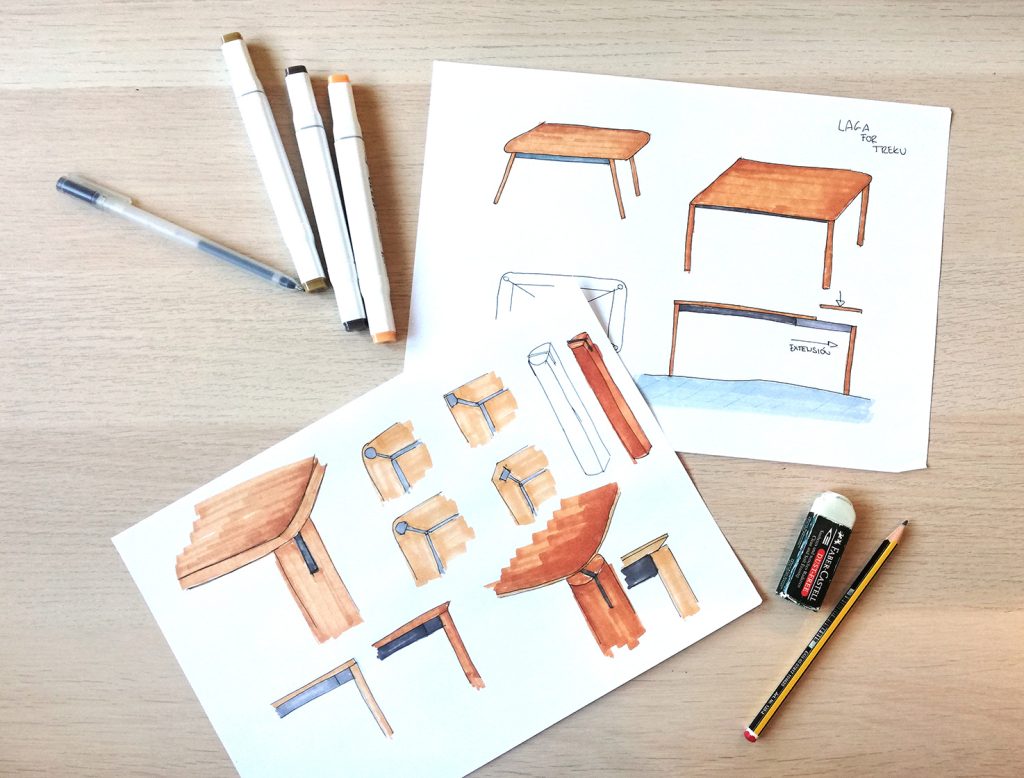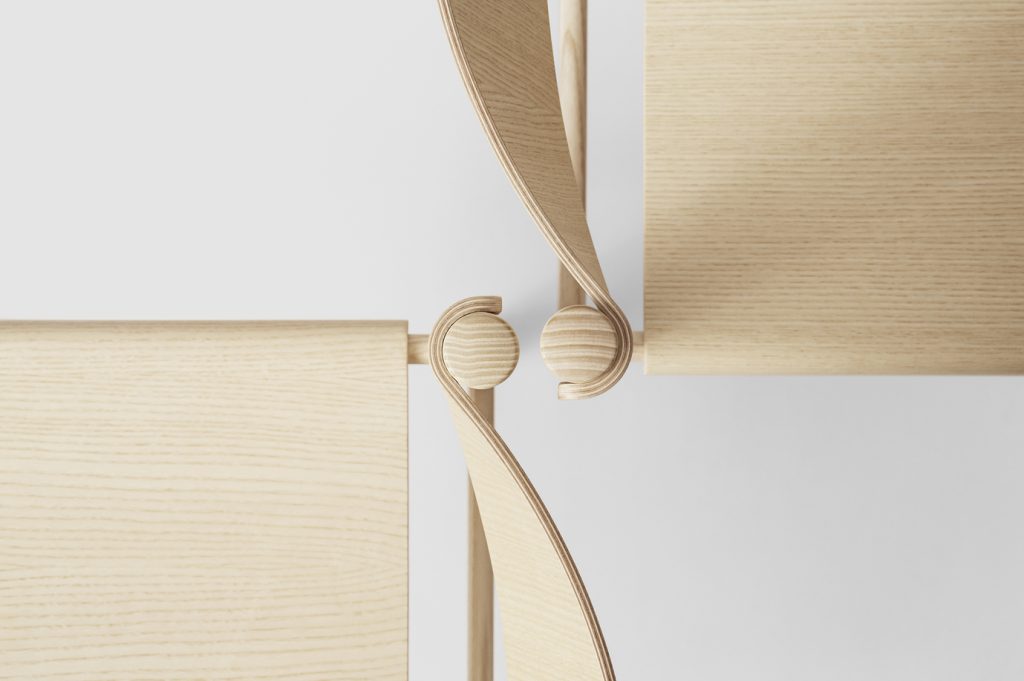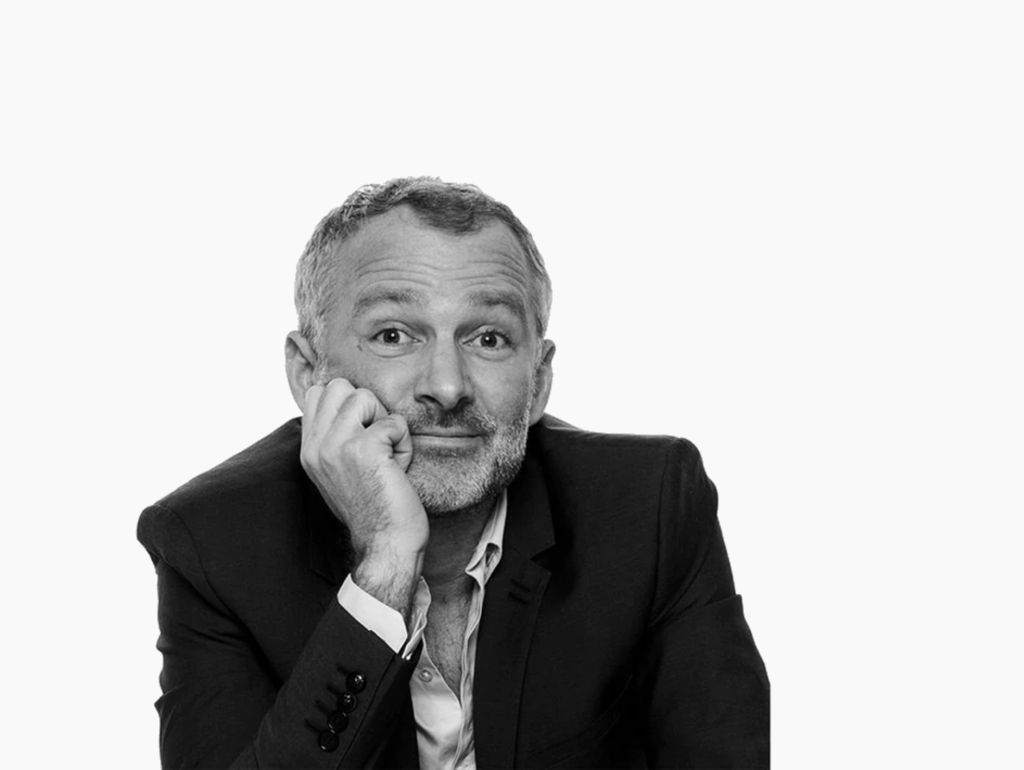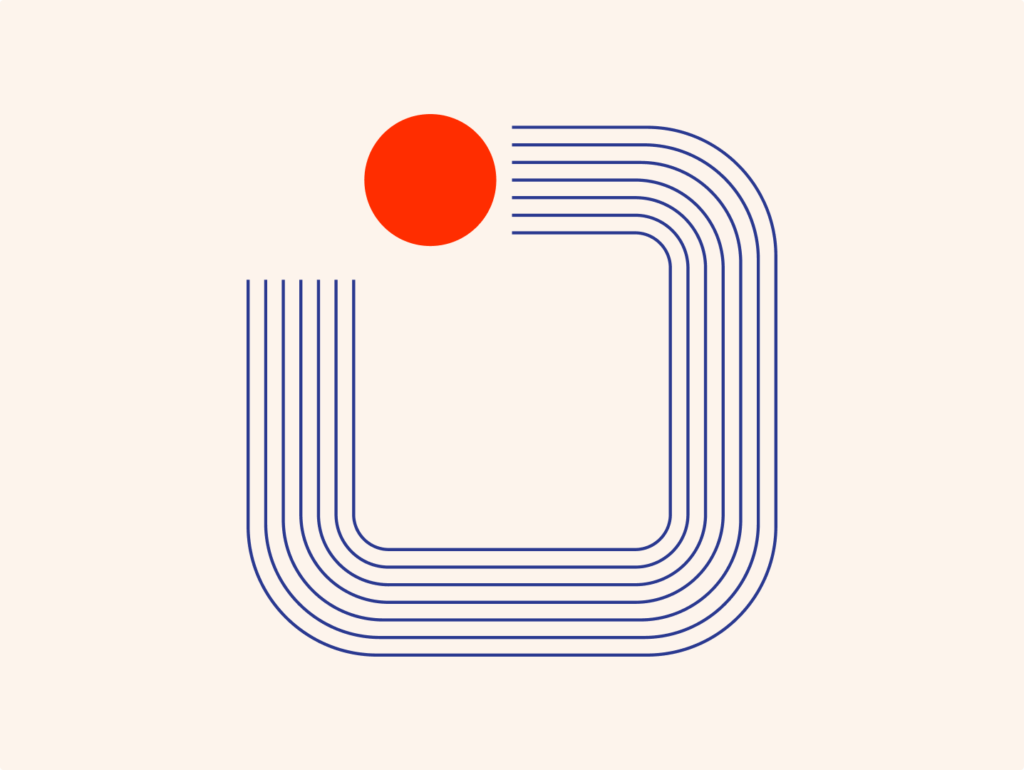
Silvia Ceñal, the founder of the “Silvia Ceñal Design Studio,” is a creative force in the furniture and lighting design industry. With a focus on designing for people, she has collaborated with renowned furniture companies such as Treku, Ondarreta, and Woud. In addition, her work has been featured in esteemed publications and exhibitions, earning her multiple awards to this day.
We were inspired by Silvia’s unwavering passion for crafting visually captivating and purposeful creations that effectively convey her philosophy in the wide and ever-evolving realm of design. So, to gain a deeper understanding of her creative approach, we delved into her world through a collection of targeted questions. We hope you enjoy her perspectives as much as we did.
For me, a good design is a design thought for people that functions, is used, and lasts in time.
– Silvia Ceñal


What inspired you to pursue design as a career?
Since I was a child I have liked to draw and create different objects. When I finished school I knew that my professional career had to be related to drawing. And drawing led me to product design, first studying engineering and a master’s degree in industrial design and then in the different studios in which I worked, graphic design and furniture and interior design.
How has the design world changed since you started?
From my point of view, it has changed the way we create and decide what we want to design. Now, and this is what I think we need to do, we focus on making the design as sustainable as possible, using recycled or recyclable materials, and thinking about manufacturing methods. Designing products that are durable, timeless and help people in their daily lives and working as locally as possible
What would you consider to be your ethos around design?
I firmly believe that it is essential to design in an honest way, whether it is creating a product, leading the creative direction of a company or designing an interior design. I have always been fascinated by the fun behind elegance, two concepts that I believe can go hand in hand and we have tried to reflect this in the projects we have done so far. My purpose as a designer is to use creativity as a tool to design products that give an atmosphere of safety, freedom of movement and well-being to people, always adapting to them and not the other way around.
Covid has changed the way in which we work. How have you dealt with these new challenges?
Although I think a lot of things have gone back to normal after Covid, one of the good things it has brought us is the ease we now have to do online meetings. Before, we used to take a plane or a car to meet and now, we use online meetings in an agile way. I’m sure nature will thank us for it.
Do you take any ethical considerations into account when working on a design project? If so, what?
I always try to create timeless and functional designs. I don’t try to create designs that are short-lived. I don’t think it’s ethical. My purpose is to design for people so that they enjoy and use the objects as long as possible. If they no longer need it, I prefer that they sell it or donate it, before throwing it away.



How do you balance creativity with practicality in your designs?
With patience and hard work. Sometimes imagination and creativity fly so much that you have to be realistic and bring it down to earth. Years of experience have helped me find that balance, but it’s fun to get carried away with creativity from time to time.
How do you measure the success of a design project?
This is a difficult question. On the one hand, there is the satisfaction of what you have created and the feedback you receive from users, which always makes your day. But you have to be realistic and you also have to see if the project has been economically beneficial. Or at least if it has given you publicity.
Can you share a project you worked on that you are particularly proud of, and why?
One project I am proud of is the Macaron Lamp collection. It was 10 years ago this year that I made the first drawing. With this lamp, I learned what self-production was and all that it entails. And also the success that a company believes in it and decides to produce and also expand its catalogue. And that was not possible without Emko. And the best thing is that the collection is still being produced and sold.
If you could change one thing about the design industry, what would it be?
It’s a bit of an uncomfortable subject. But the payment method. I don’t think it’s sustainable over time to live on royalties. You can be lucky enough to place a product and have it sell a lot for a long time. But if not, I think the work for creating and developing the design is not paid. And even less when the design is halfway there. I think this is an issue that should be listened to by all parties involved and changed.
How do you see the role of design or even the designer evolving in the future? And what is great design to you?
For me, a good design is a design thought for people that functions, is used, and lasts in time…while being aesthetically beautiful.


Article compiled by Wynne O’Brien
Images courtesy of Silvia Ceñal
To join BuyDesign as a Designer or Company get started below.



